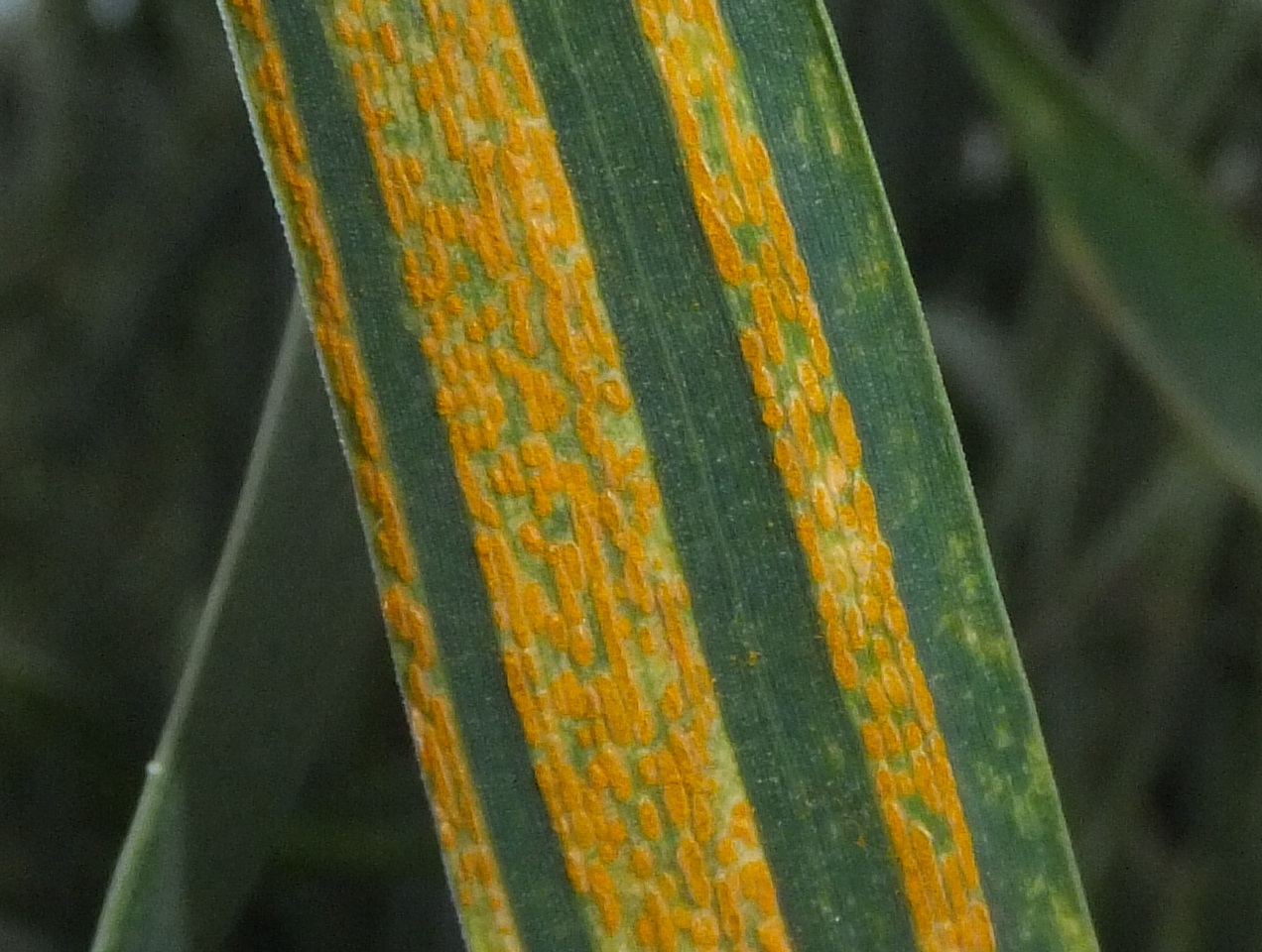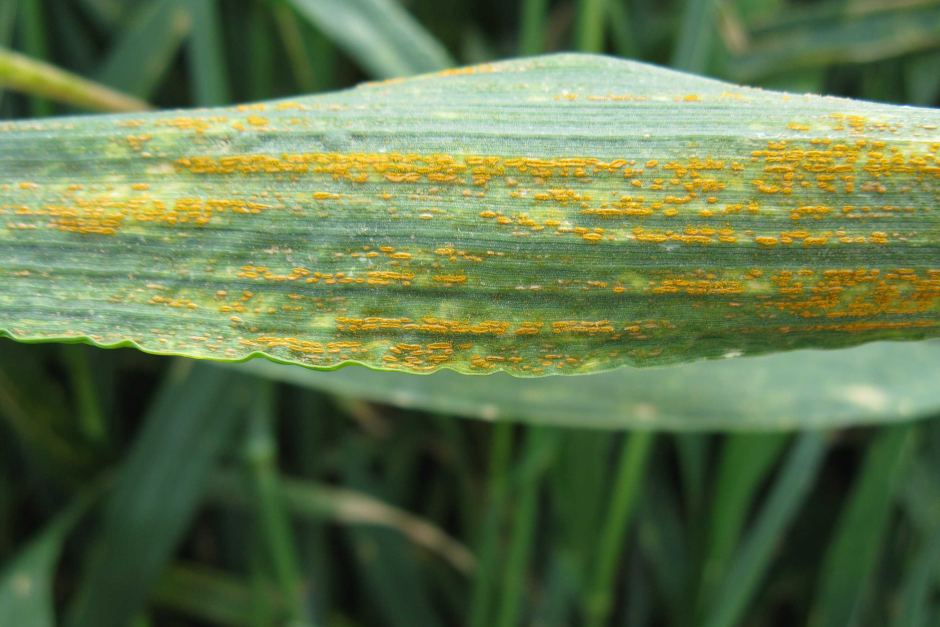
Unusually high levels of wheat yellow rust, observed in AHDB Recommended Lists trials during 2016, have resulted in an early and major revision to disease ratings.
The new ratings, issued today (11 October 2016), affect Groups 3 and 4 winter wheat varieties, with some ratings reduced by as much as four points.
A new annual report, by the AHDB-funded UK Cereal Pathogen Virulence Survey (UKCPVS), also published today, has confirmed the presence of the ‘Kranich’ race and a potential new race – provisionally named ‘Invicta’ – in the UK yellow rust population in 2015.
With the pathogen population changing so rapidly, people are urged to monitor crops, including those with a high disease rating, and report unexpected findings to the UKCPVS.
Ratings revised

Disease ratings for yellow rust are normally calculated from data covering a period of three years.
As major changes in varietal resistance were observed in 2016, across several winter wheat varieties and UK trials, AHDB Cereals & Oilseeds has taken the unprecedented decision to base yellow rust disease ratings on 2016 trials’ data alone.
Dr Jenna Watts, who manages disease research at AHDB, said: "We made the decision to calculate the disease ratings on a single year’s trials because the 2016 yellow rust assessment data was so different to what had been seen before.
"We have to make sure that the RL reflects varietal performance in the field the best it can.
"We’ve seen disease ratings for seven varieties drop by two or more points. We consider anything more than a one-point change as highly unusual."
Varieties affected
Of the 32 recommended varieties in trial, the following varieties’ disease ratings dropped by two points or more.
The AHDB scale shows 9 is good resistance and 1 is very susceptible.
Group 3s – Britannia (8 to 4), Spyder (8 to 6), Zulu (9 to 5) and RGT Conversion (8 to 6)
Group 4s – Myriad (8 to 4), Reflection (6 to 3) and JB Diego (7 to 5)
Wheats Britannia and Zulu and feed wheat Myriad downgraded the sharpest, all fell four points to ratings of 4, 5 and 4, respectively.
No change in disease rating, however, was recorded for 15 varieties and 14 varieties retained a strong resistance rating of 8 or 9.
